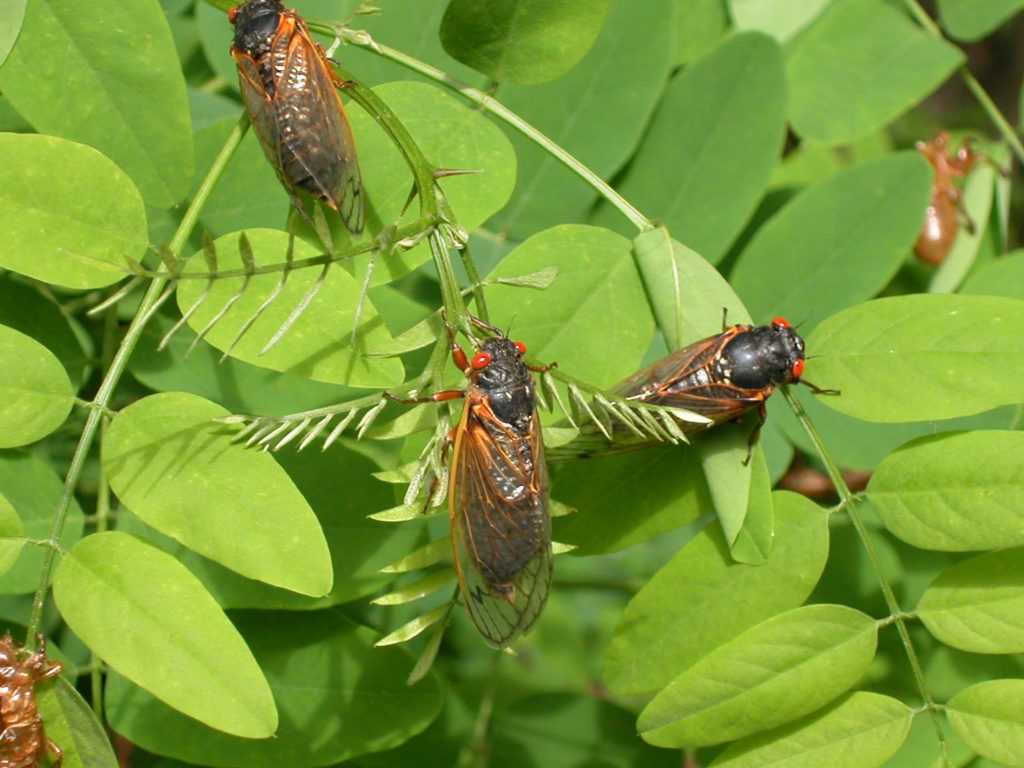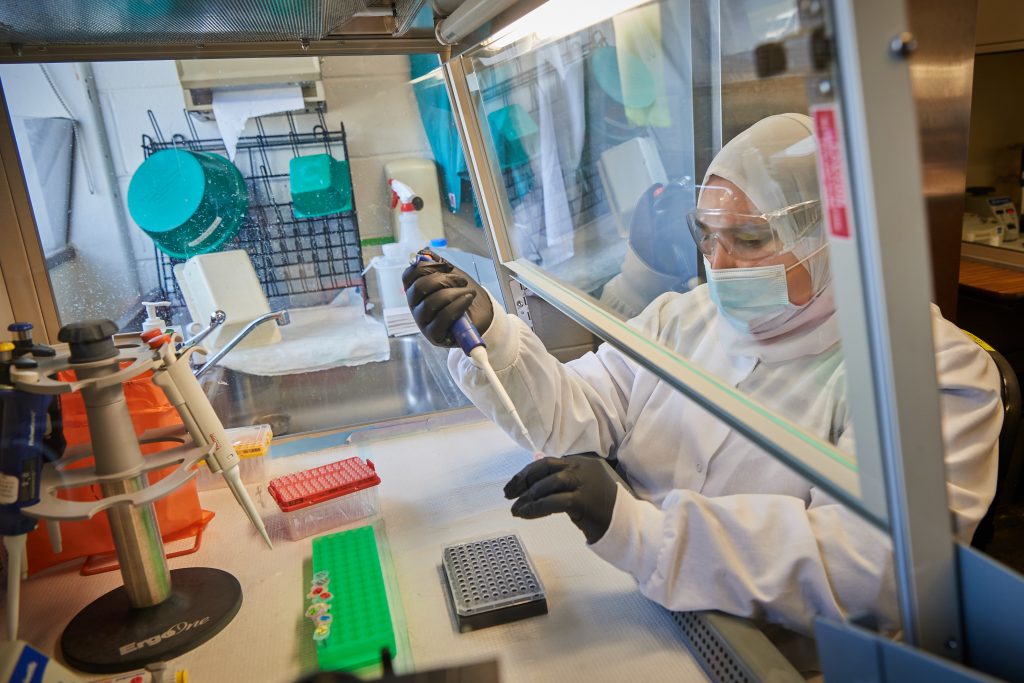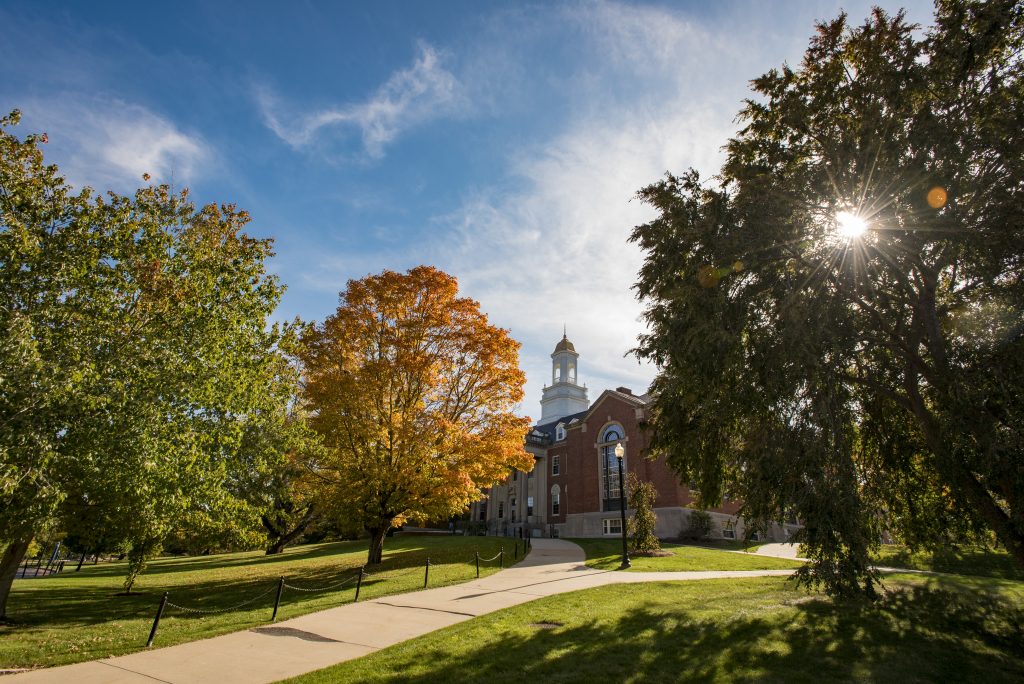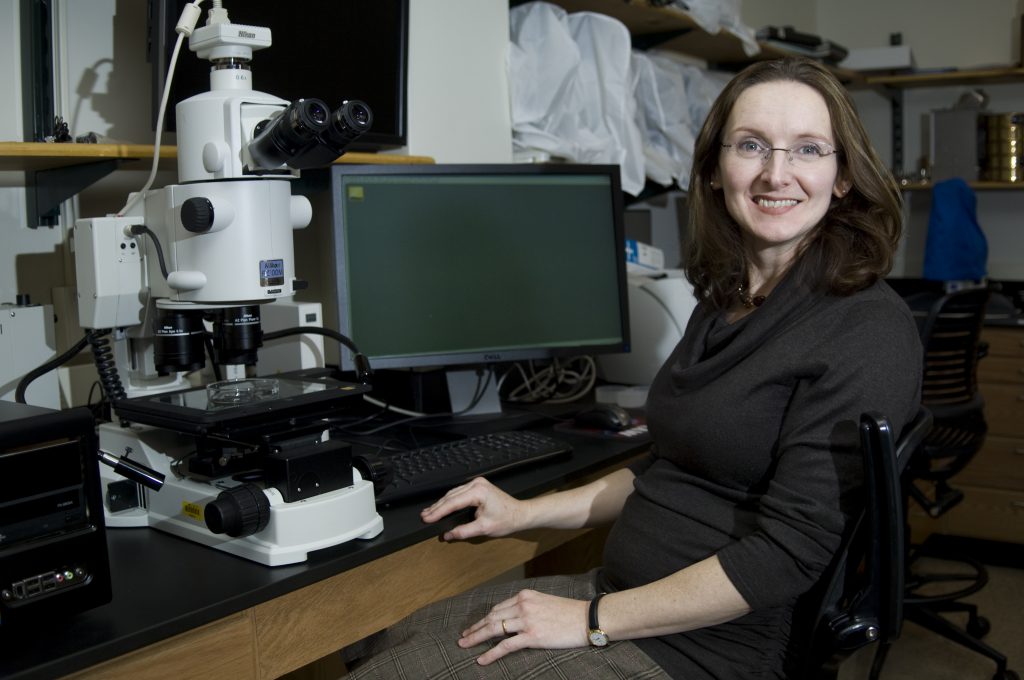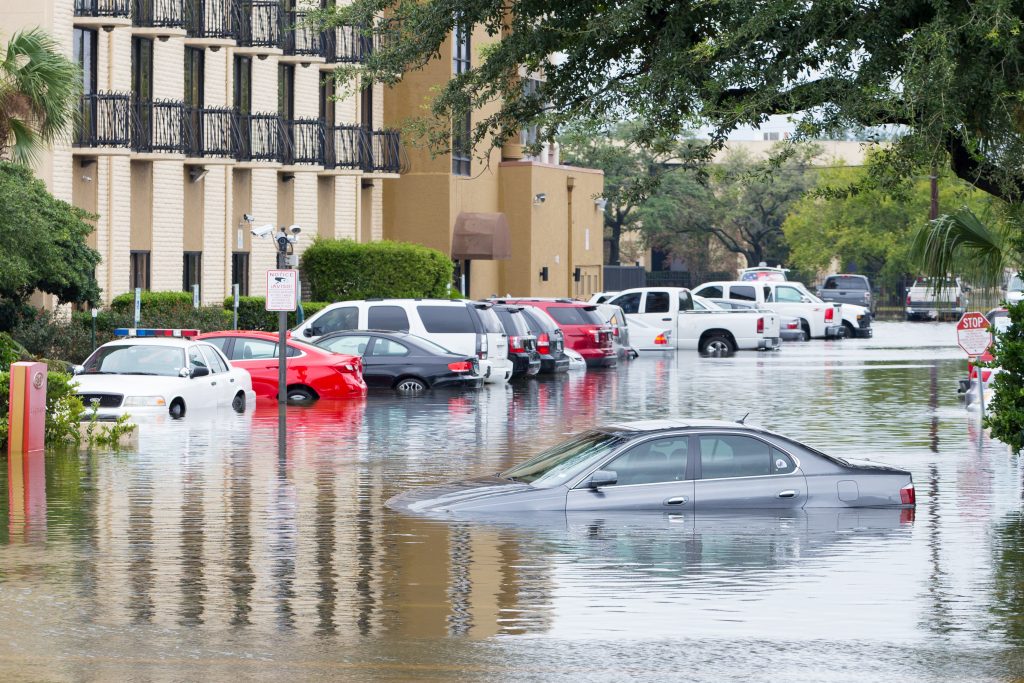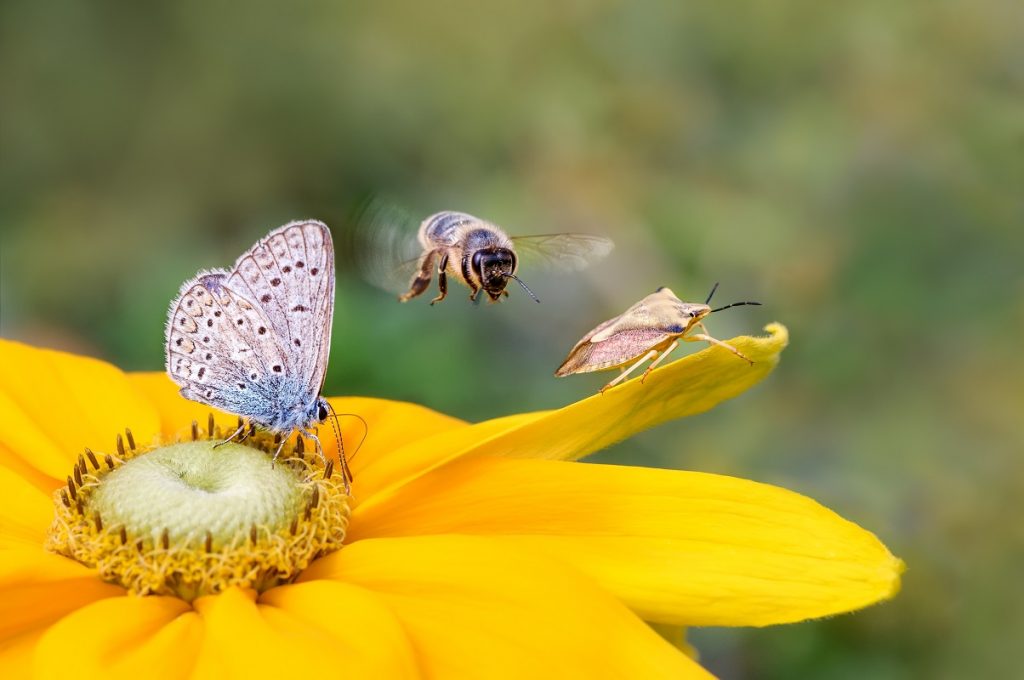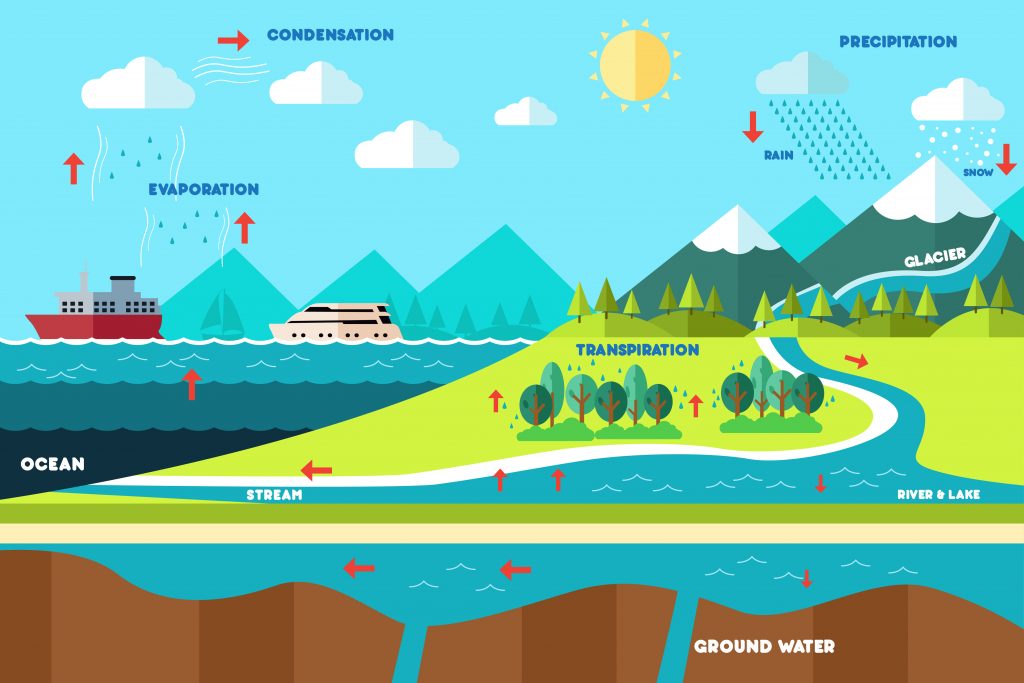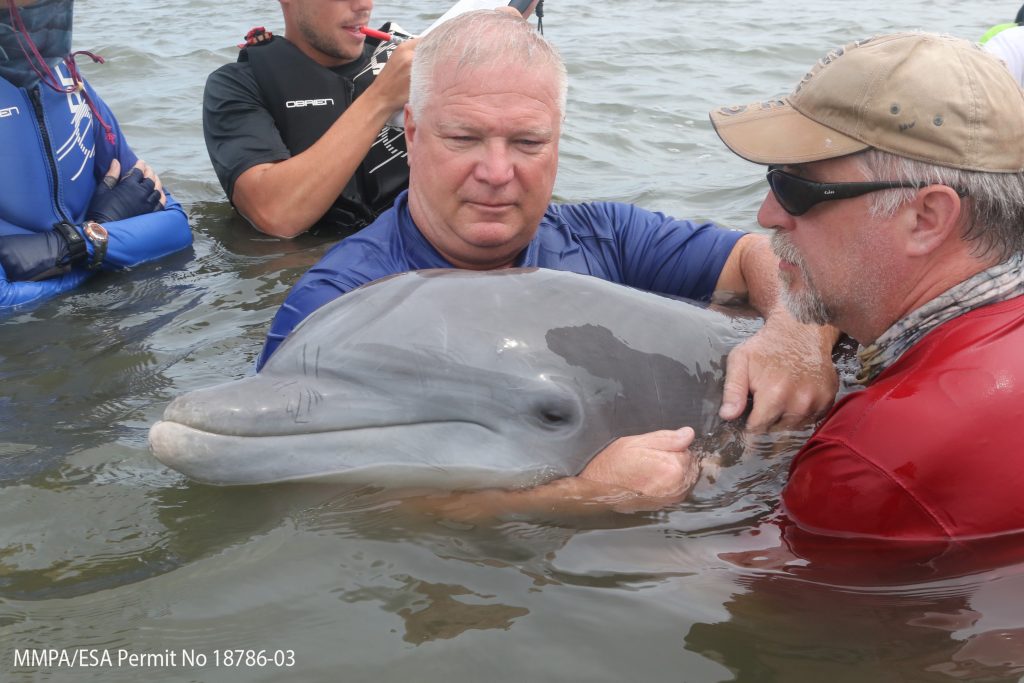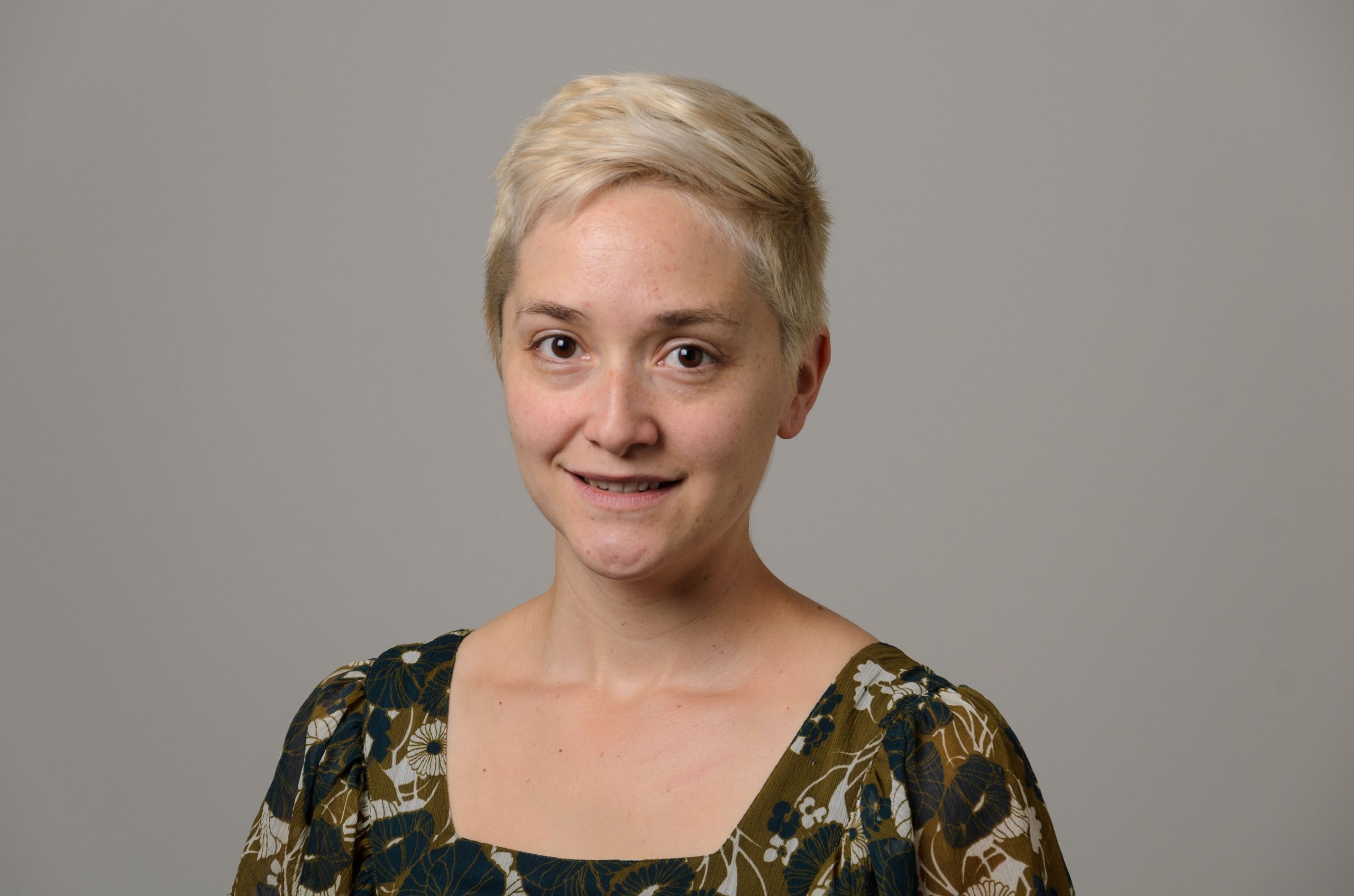
Elaina Hancock
Author Archive
Here’s the Buzz: It’s Nearly Cicada Census Time
'There is something reassuring about cicadas'
April 15, 2021 | Elaina Hancock
Dog Tests Positive for SARS-CoV-2, UConn Surveillance Finds
Over 100 dogs and cats have tested positive in the United States; this is the first domestic animal in Connecticut to test positive
April 13, 2021 | Elaina Hancock
UConn Researchers Find Bubbles Speed Up Energy Transfer
Findings that could help further understand how living tissue reacts to radiation exposure
April 12, 2021 | Elaina Hancock
UConn’s Nora Berrah Awarded a Blaise Pascal Chaire d’Excellence to Conduct Research in France
Previous winners of the honor include six Nobel laureates
April 2, 2021 | Elaina Hancock
For Ancient Farmers Facing Climate Change, More Grazing Meant More Resilience
How changing their lifestyle helped people in an ancient settlement adapt to a new reality
March 23, 2021 | Elaina Hancock
Research: Flood Risk Behavior is Driven by Local Water Conditions, but Shaped by Race
'Some cities just live with risk' as flooding increases
March 18, 2021 | Elaina Hancock
A Call to Action for Insects Resonates with the Public
Hope that public awareness can help prevent a 'dismal spring' for insects, plants - and people
March 11, 2021 | Elaina Hancock
Mothers in Academia Unite to Face COVID Challenges
A team of mothers in academia are proposing solutions to challenges they face as researchers, amplified by the pandemic.
March 9, 2021 | Elaina Hancock
Groundwater Information is No Longer Out of Depth
A UConn Ph.D. candidate and a faculty member have developed a novel way of gathering data about streams fed by groundwater that provide important insights about the possible effects of climate change.
March 4, 2021 | Elaina Hancock
Deepwater Horizon’s Long-Lasting Legacy For Dolphins
Health impacts from a 2010 spill are found even in dolphins born years later.
March 2, 2021 | Elaina Hancock
